The Wild World
Photographs that find stillness in turbulence, moments close to reverence when almost nothing's in control. Peter Bohler walks us through what it’s like to find a niche in the world of glossy assignments.
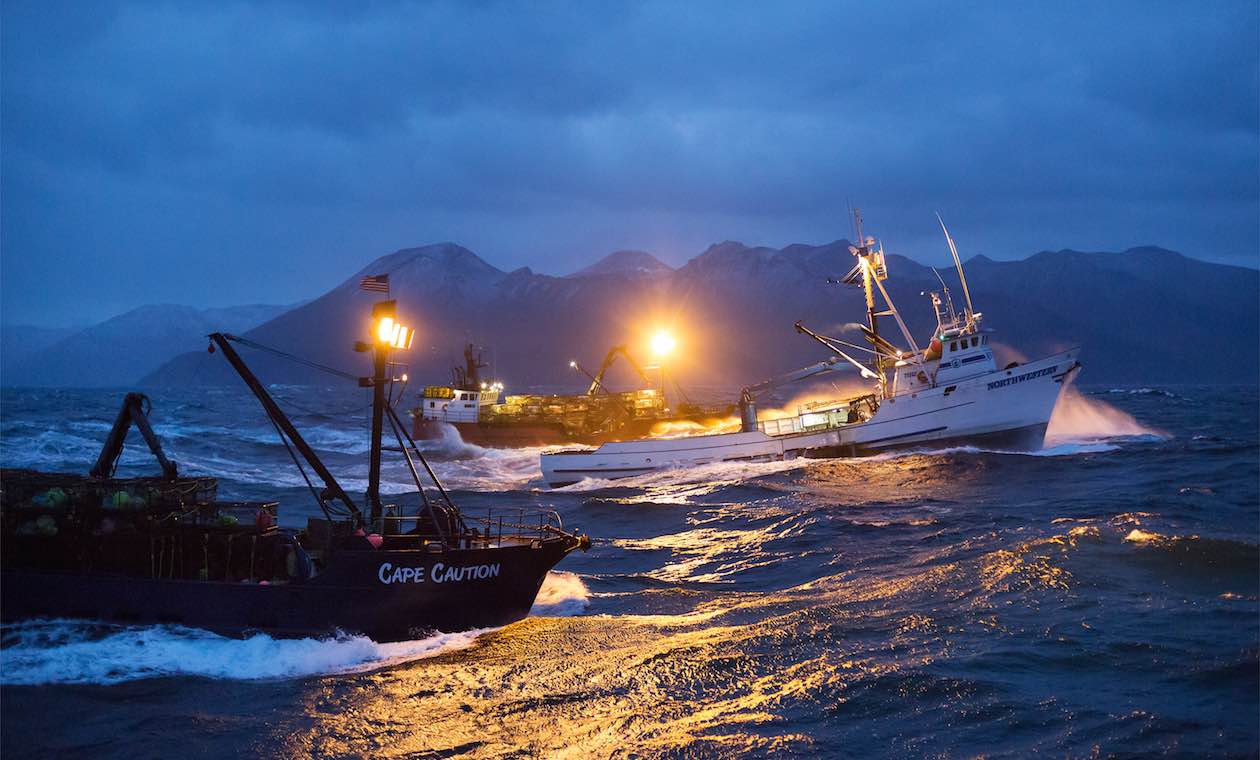
Interview by Rosecrans Baldwin
The Morning News: Your personal and professional work seem to overlap. What’s a dream assignment for you?
Peter Bohler: I’ve been very lucky to get a lot of assignments that are exactly in line with my personal work. I’m very interested in how subcultures and communities form identity, and how landscape influences that. I think some photo editors know this and assign me stories that fit this, and to some extent I’ve been able to pitch stories that I want to shoot. I know how rare this is, and I’m very grateful. Continue reading ↓
All images used with permission, all rights reserved, copyright © the artist.
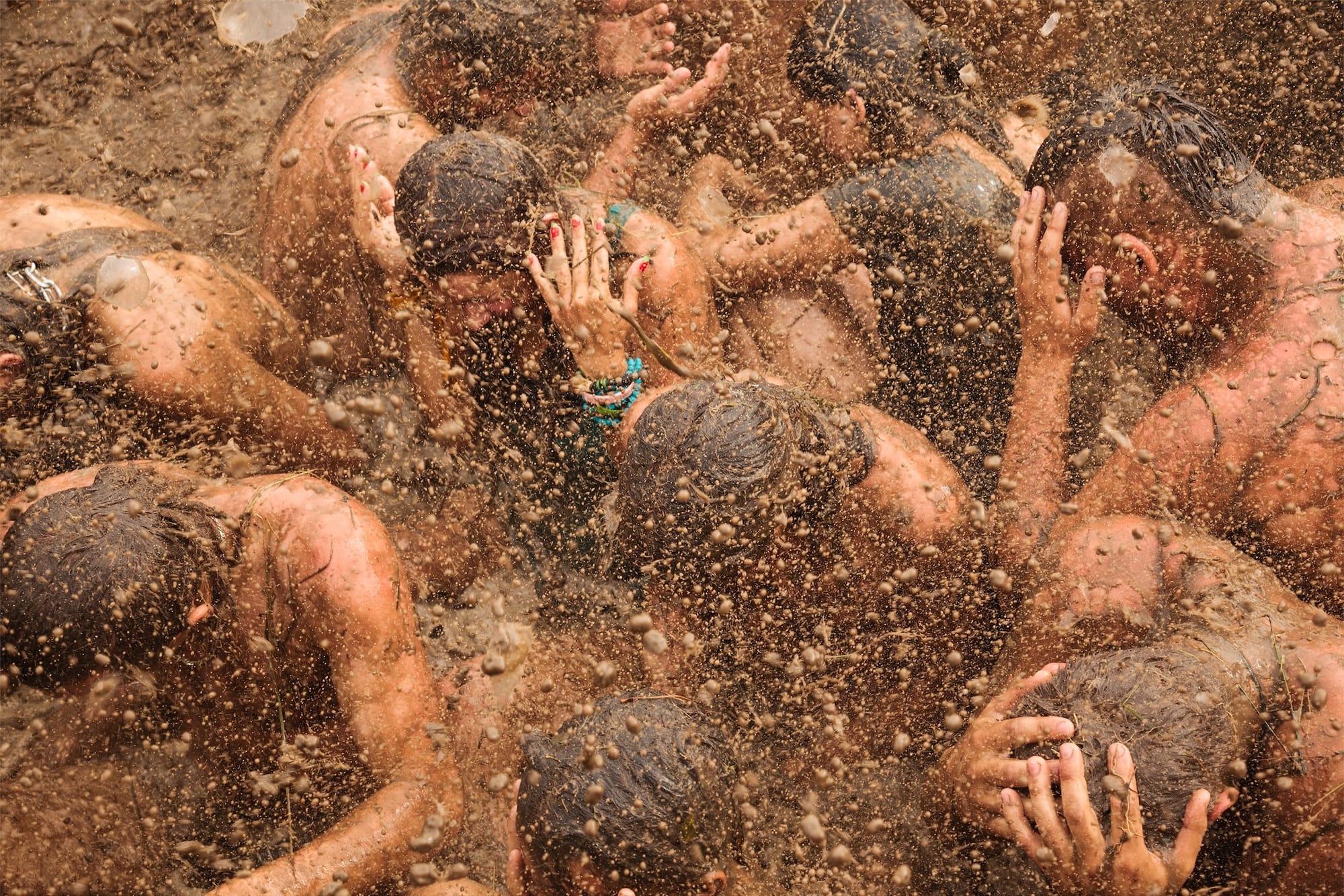
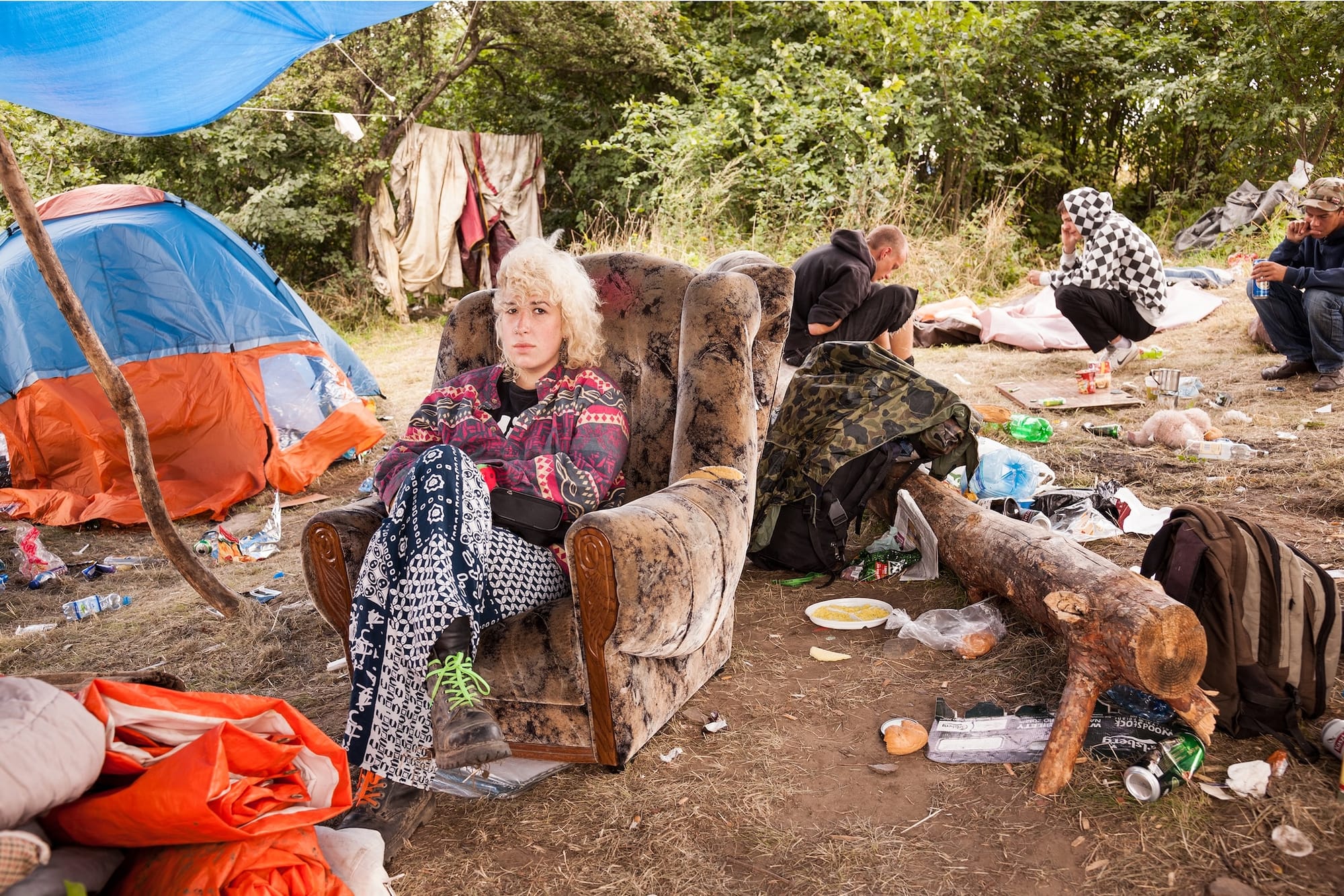
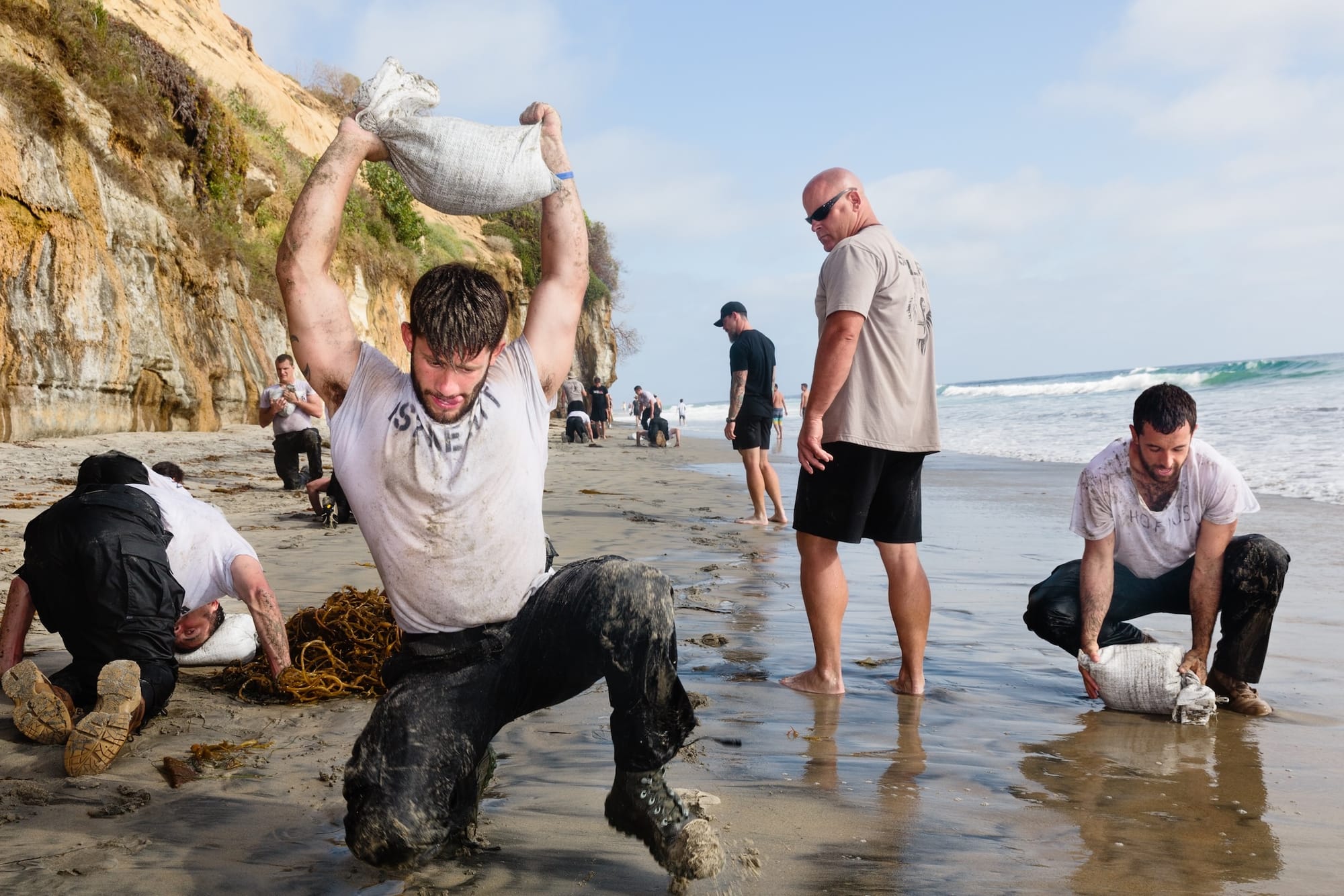
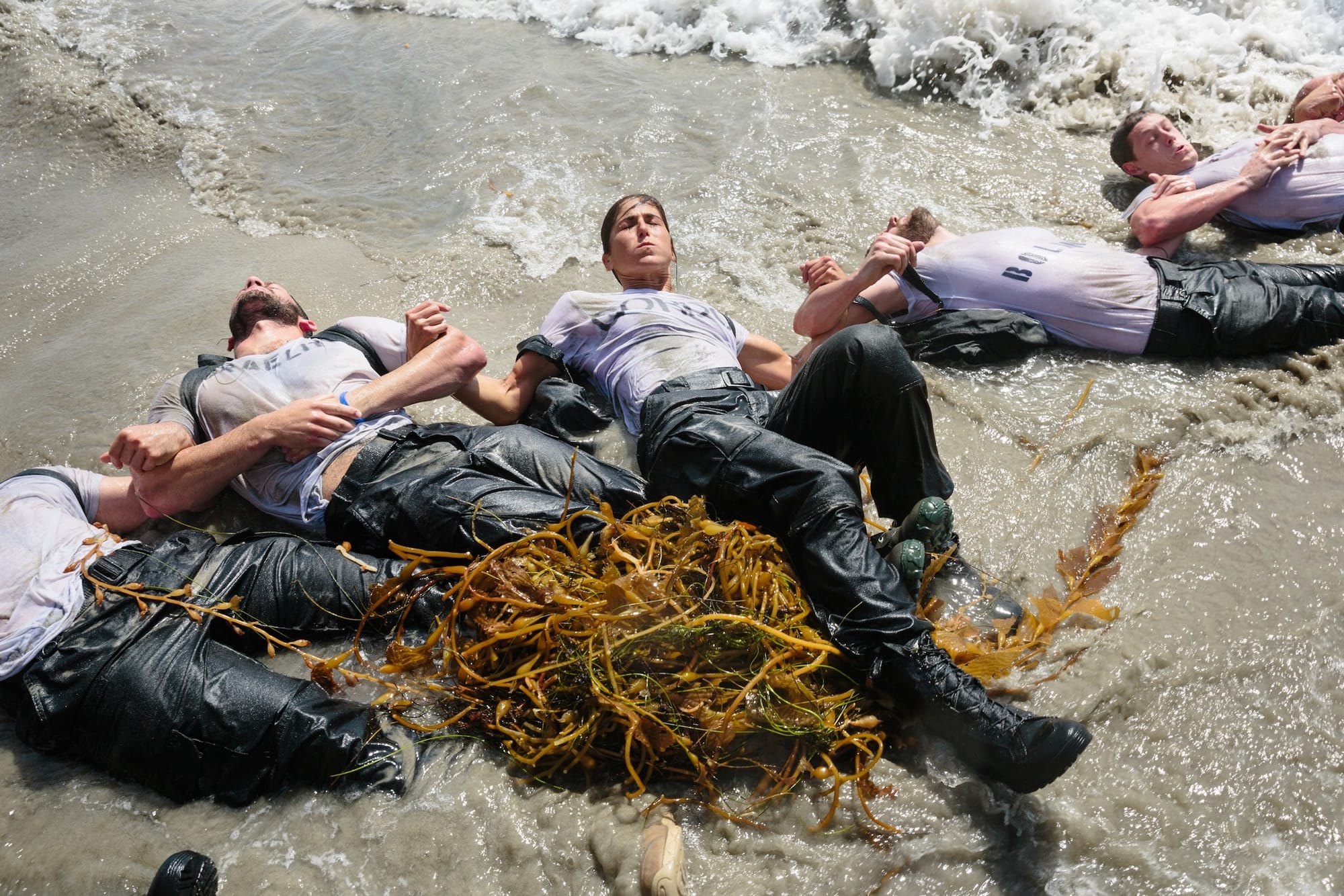
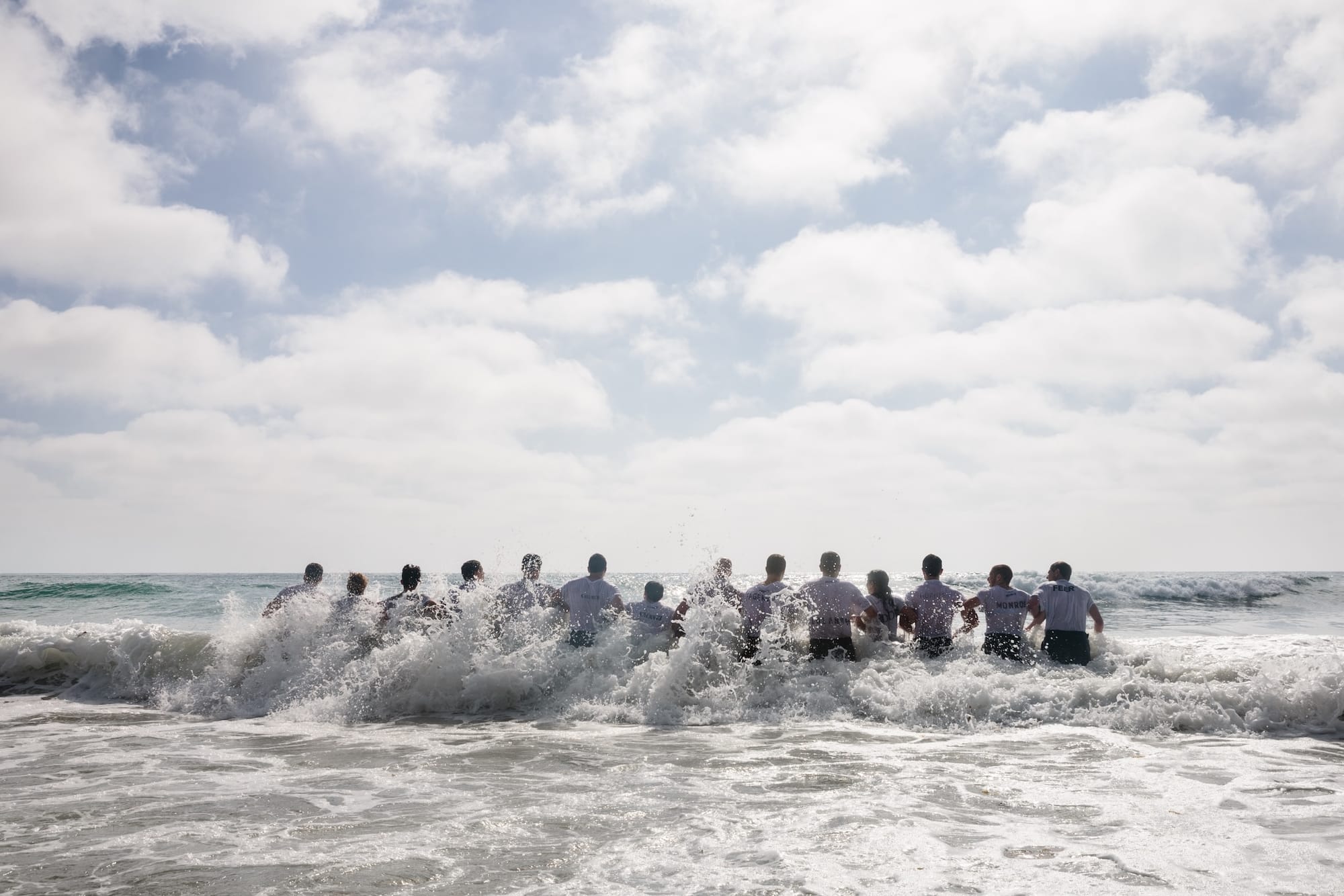
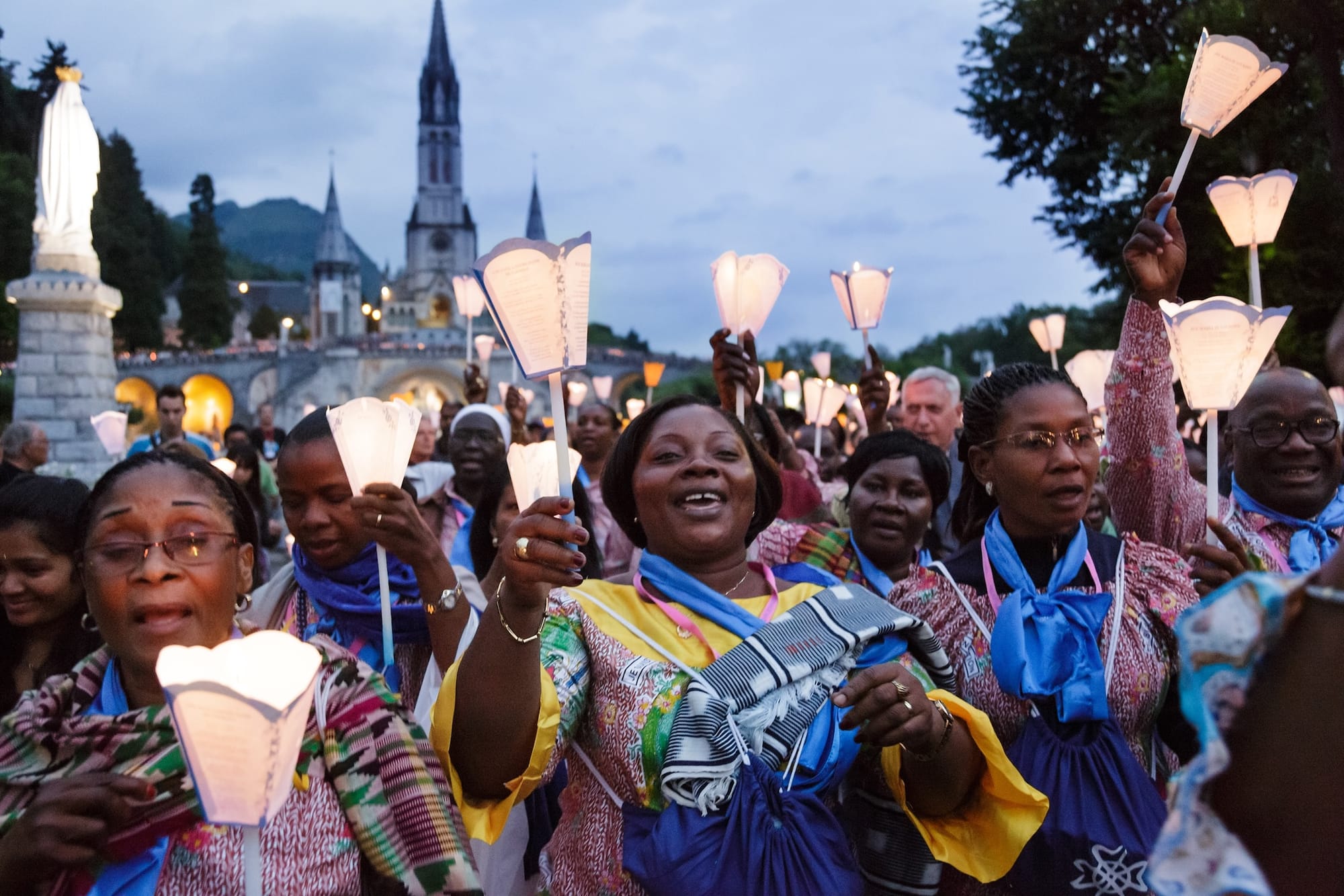
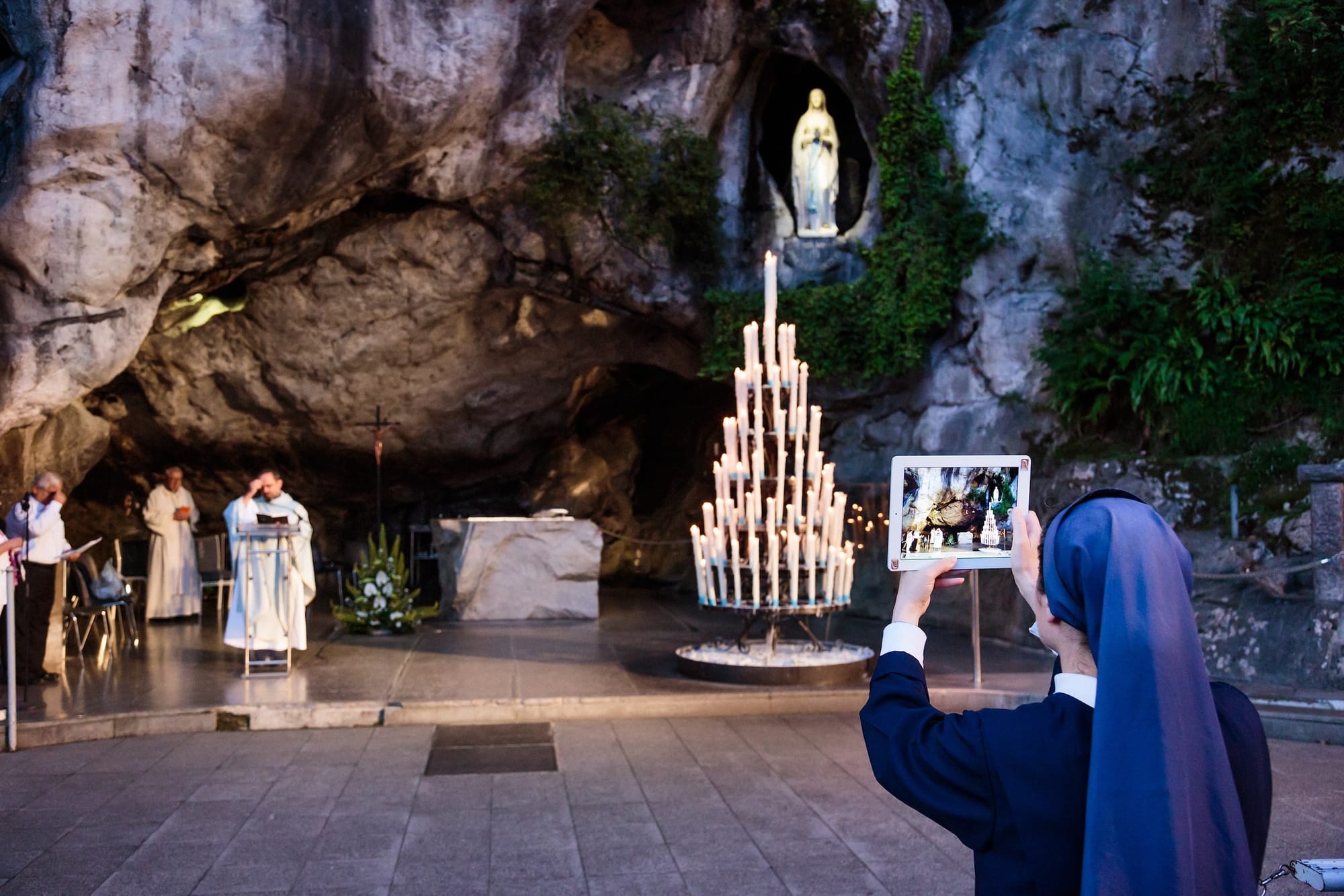
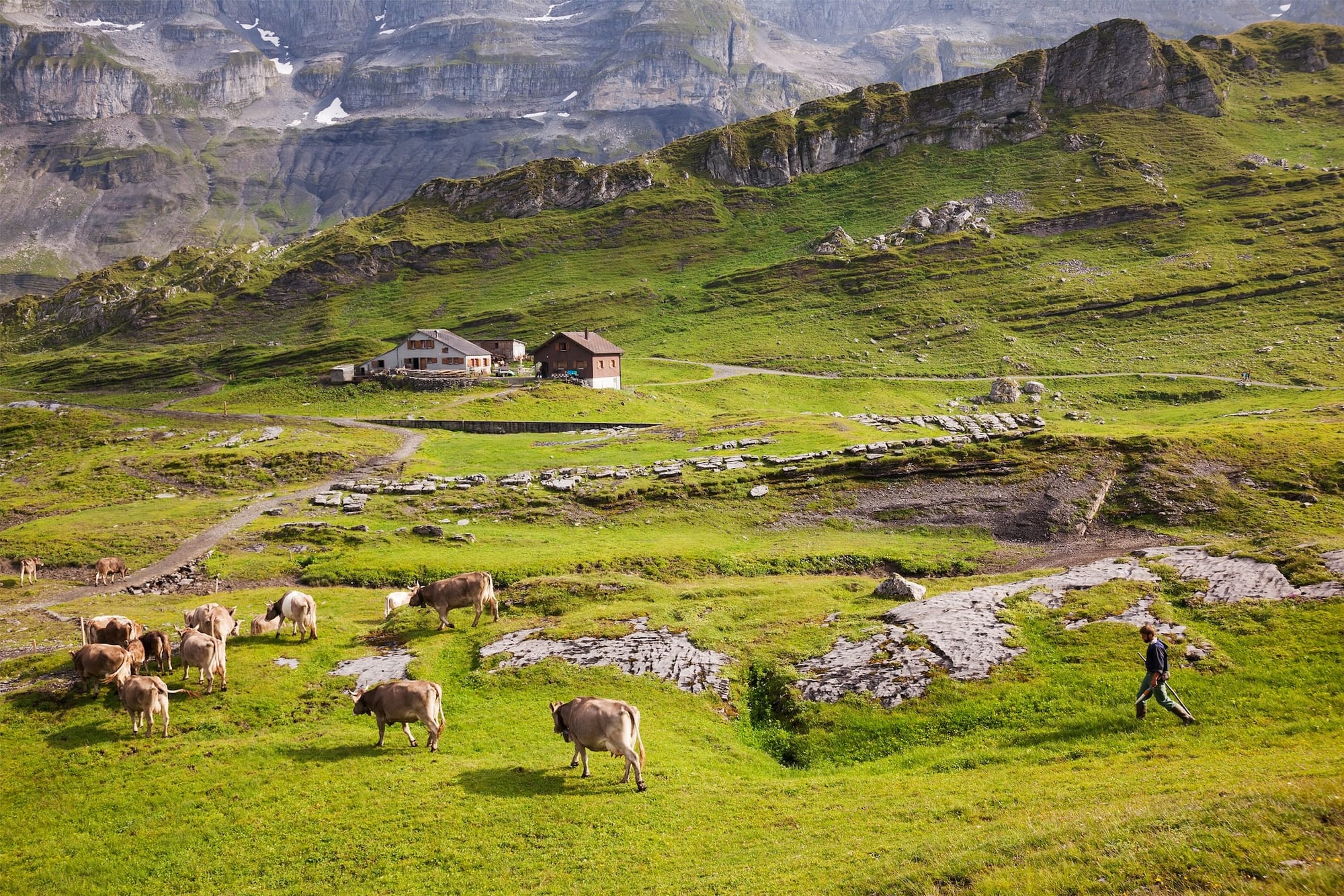
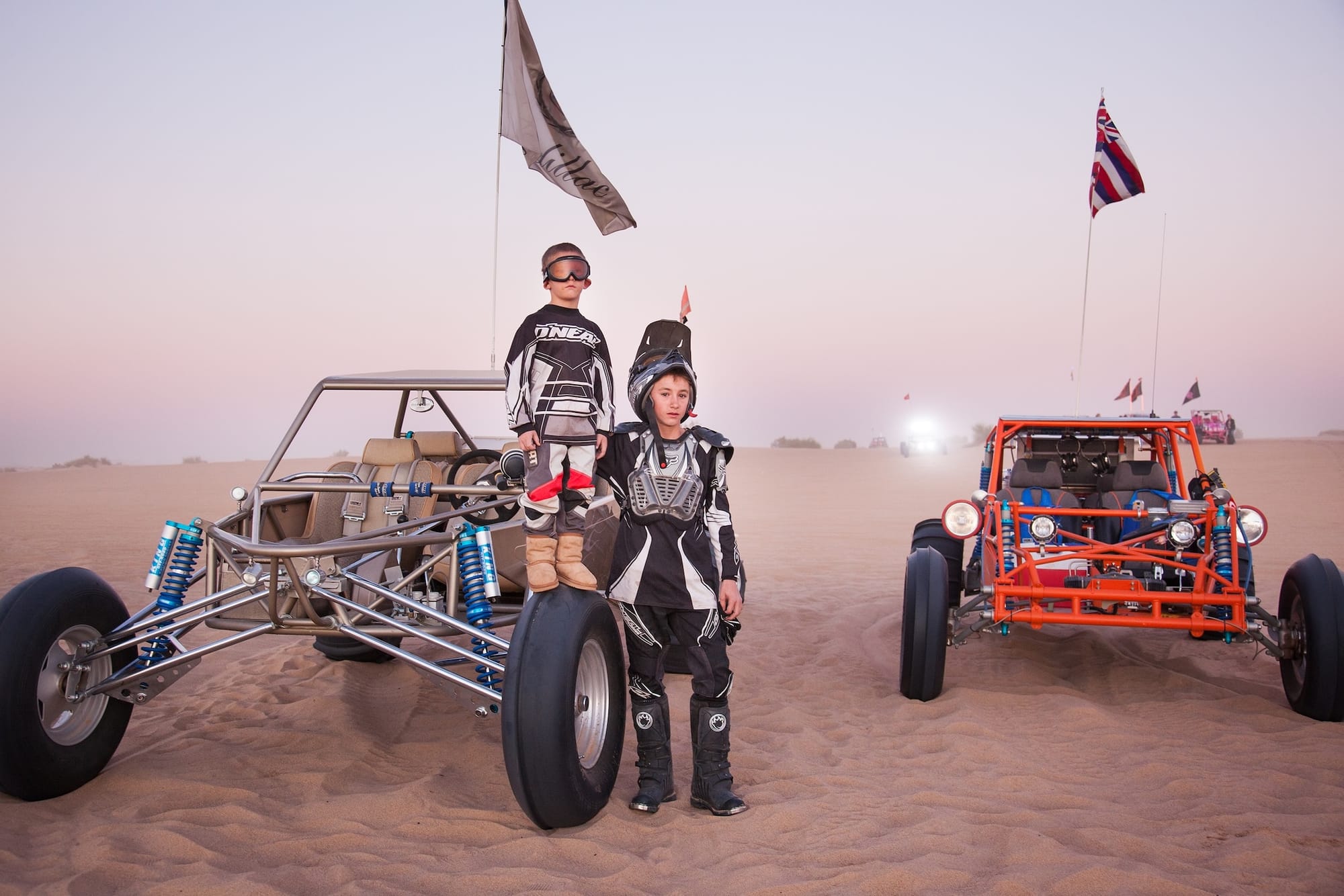
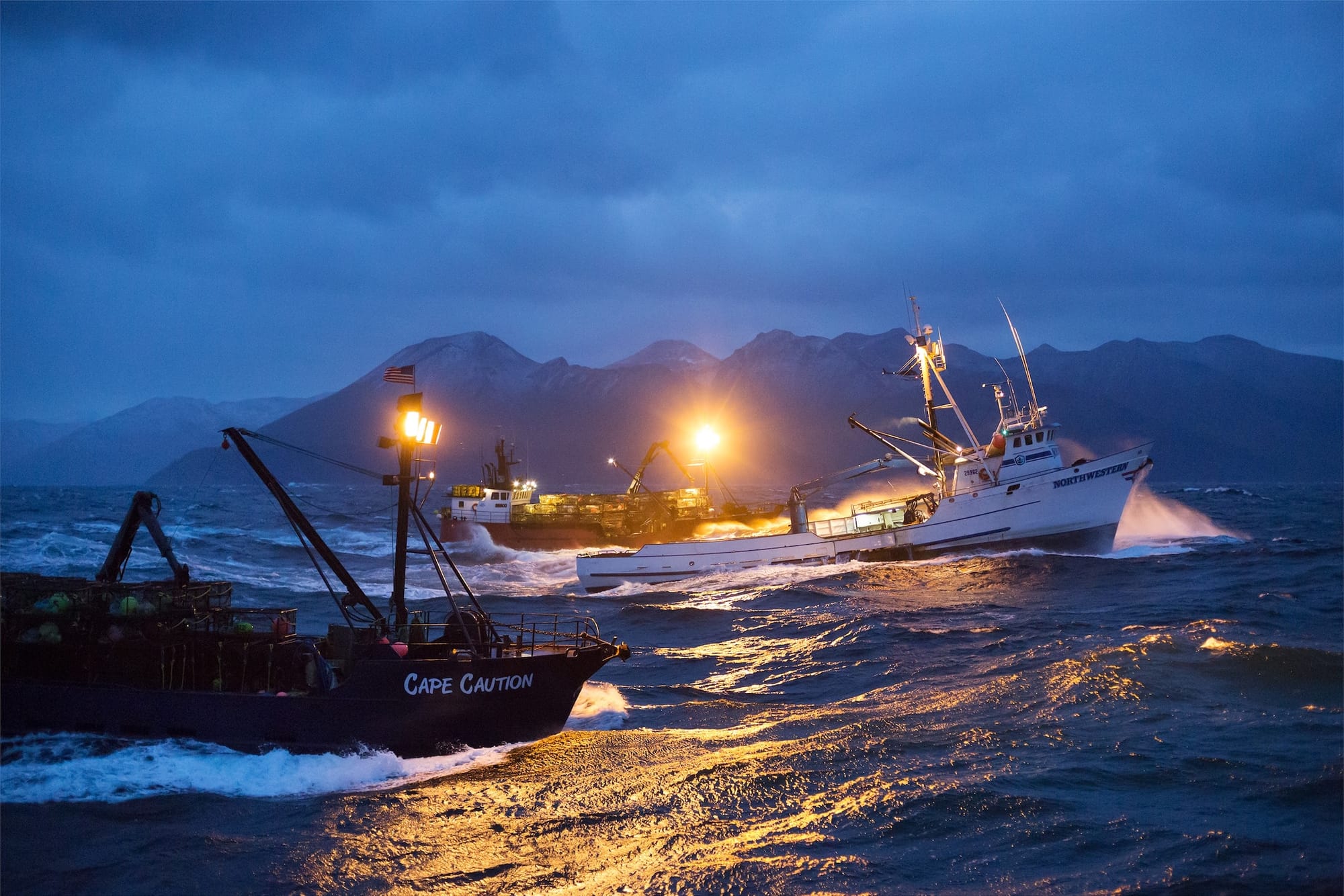
Interview continued
I think my dream assignments now are situations that fit into this mold but are very difficult access-wise. I’d love to photograph the World Economic Forum Meeting in Davos, for example—but one of the luxuries of the rich is a high level of privacy. I’ve also been working on something with wildfire fighters, but access is difficult.
The hardest assignments for me are ones where time is limited or the circumstances are somehow artificial. Ideally I want to immerse myself in someone’s life, learn about it, and then find moments that are telling.
TMN: You worked for a ton of photographers before going solo.
PB: I actually assisted almost a hundred photographers over the better part of seven years. One of the difficult things about assisting is the sense that you might be stuck doing it forever, so it’s kind of remarkable that it now feels quite distant.
Assisting gave me a lot of practical knowledge, and it also gave me a keen instinct for when something is going to go wrong and how to solve it.
I think there’s a certain amount of freedom to being an assistant that you lose when you have the pressure of being the photographer. I feel like there’s a ceiling to how good of an assistant you can be. I don’t think there’s a ceiling to how good a photographer you can be. I was a good assistant and I worked hard, but at the end of the day if the film was shucked and the batteries were charged, there wasn’t much to think about.
I remember one shoot on Maui where we had a down day and the whole crew went cliff jumping. We were all pretty good friends and we were in this incredible place with sea turtles and clear water, and there was this wonderful serendipity to it. As an assistant I was free of any concern about logistics or shot lists or any of the business stuff. I miss that.
TMN: What are some signs that a shoot’s going wrong?
PB: Problems generally arise from a lack of time, a bad location, or a lack of access. But the pressure I’ve mentioned comes less from the worry that something will go wrong and more from the desire to create something remarkable. A great picture comes from a special moment and a rare balance of factors—light, composition, connection. It’s always difficult to get that to happen. If it wasn’t difficult, it wouldn’t be special.
TMN: Do you have a need to be outside? Does that drive your work?
PB: I grew up hiking and camping, and nature has always been central to my identity. Initially, the desire to be outside and have adventures drove me to be a photographer. As I’ve developed as a photographer, I’ve realized that I am looking for other experiences that give people the same kind of self identity and connection to each other that I found outdoors.
I do feel like my experience outdoors informs and enables my photography. It’s rare that I feel like I’m in over my head because of a location’s remoteness or weather, or that I am daunted by a need to be self-reliant.
TMN: Do you get emotionally attached to projects?
PB: My photography is strongly driven by my curiosity, and when I’m shooting I really try to immerse myself. This drive is strongest in the first few days of a shoot, and I try to shoot very intensely over many hours. Usually, by the time I leave, I’m exhausted and I’ve reached a point where to go deeper would require exponentially more time.
There are people and experiences I become very attached to, even over the course of just a day or two. If I’ve taken a good picture, I feel like something has been born out of that interaction, and I’m generally at peace with letting it go. It’s much harder if I didn’t get a picture I like.
TMN: What’s the least attractive trend in glossy magazines?
PB: There is an increasing need to cover more with less time. I think I’m quite good at shooting quickly, but when everything is scheduled, there’s no time for the unexpected—and those moments are often the best. Shooting video alongside photographs is especially difficult—often you have to cover everything that happens twice, and the two mediums have different rhythms. It really prevents the day from flowing organically.
TMN: Do you have a nostalgia for a specific earlier period of journalism or photography?
PB: I hear stories about the ’60s or ’70s or even the ’80s, when photographers sometimes had weeks to shoot stories and didn’t have to compete for attention with other people wielding cameras. That kind of depth and intimacy seems almost unimaginable in today’s editorial world. At the same time, I think it is a tremendously exciting time to be a photographer. The possibilities of the medium have really expanded, and there is a huge diversity in the way images are made now—from digital techniques to collage to constructions to vernacular and found photography, and of course new perspectives on more traditional image making. Digital photography and platforms like Instagram and Tumblr have also created a huge interest in and fluency with photography. I’m optimistic about the future of the medium.
TMN: Hellen Keller wrote, “Security is mostly a superstition. It does not exist in nature, nor do the children of men as a whole experience it. Avoiding danger is no safer in the long run than outright exposure.”
PB: Being a freelance photographer is an uncertain existence, but the security people perceive in steady, corporate jobs is somewhat illusionary. I’m not sure I have a choice, though. When I haven’t photographed in a while, a gnawing feeling builds inside of me that my life is slipping by. For me the biggest danger is not taking the photographs I know I can take.
